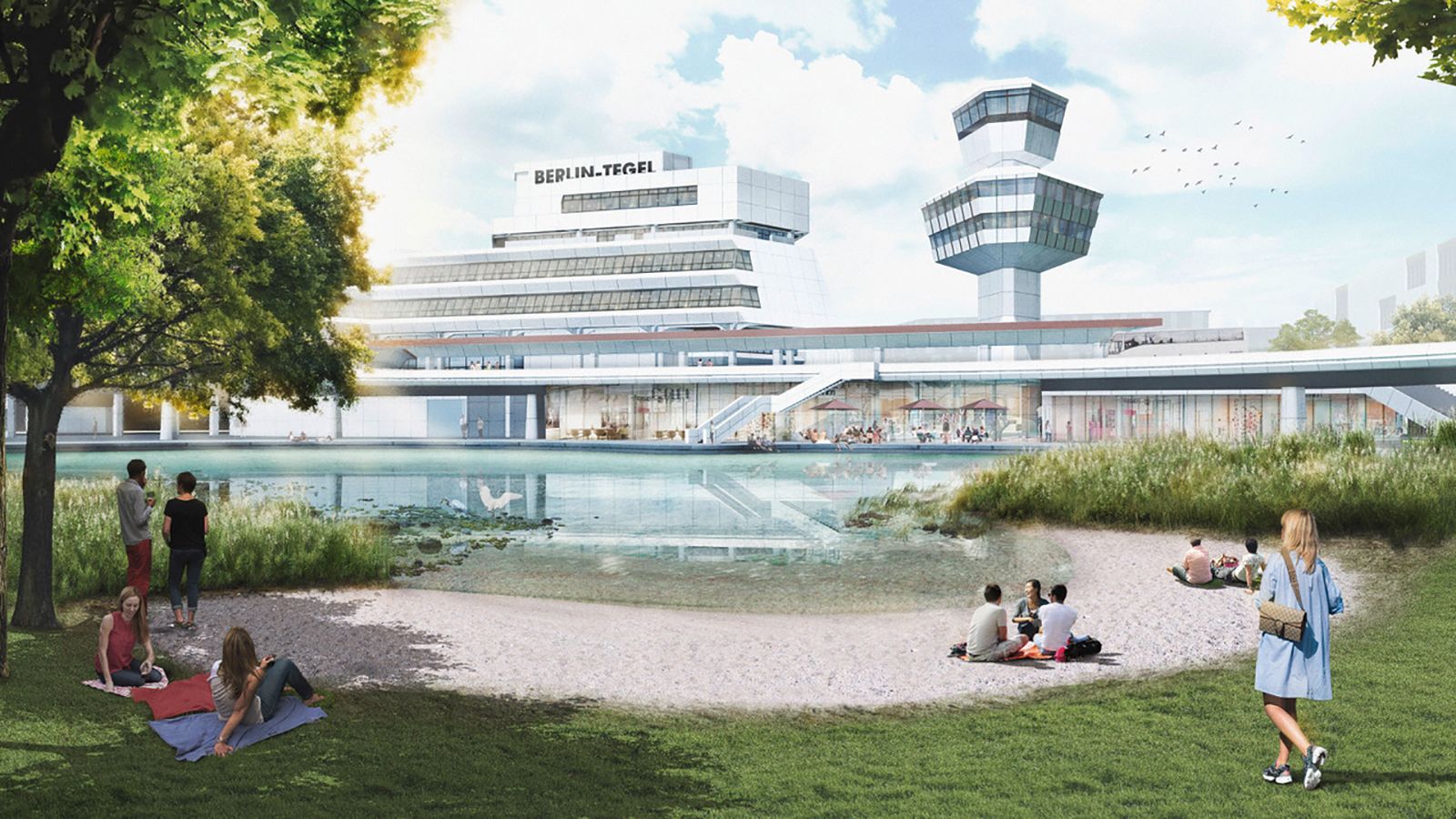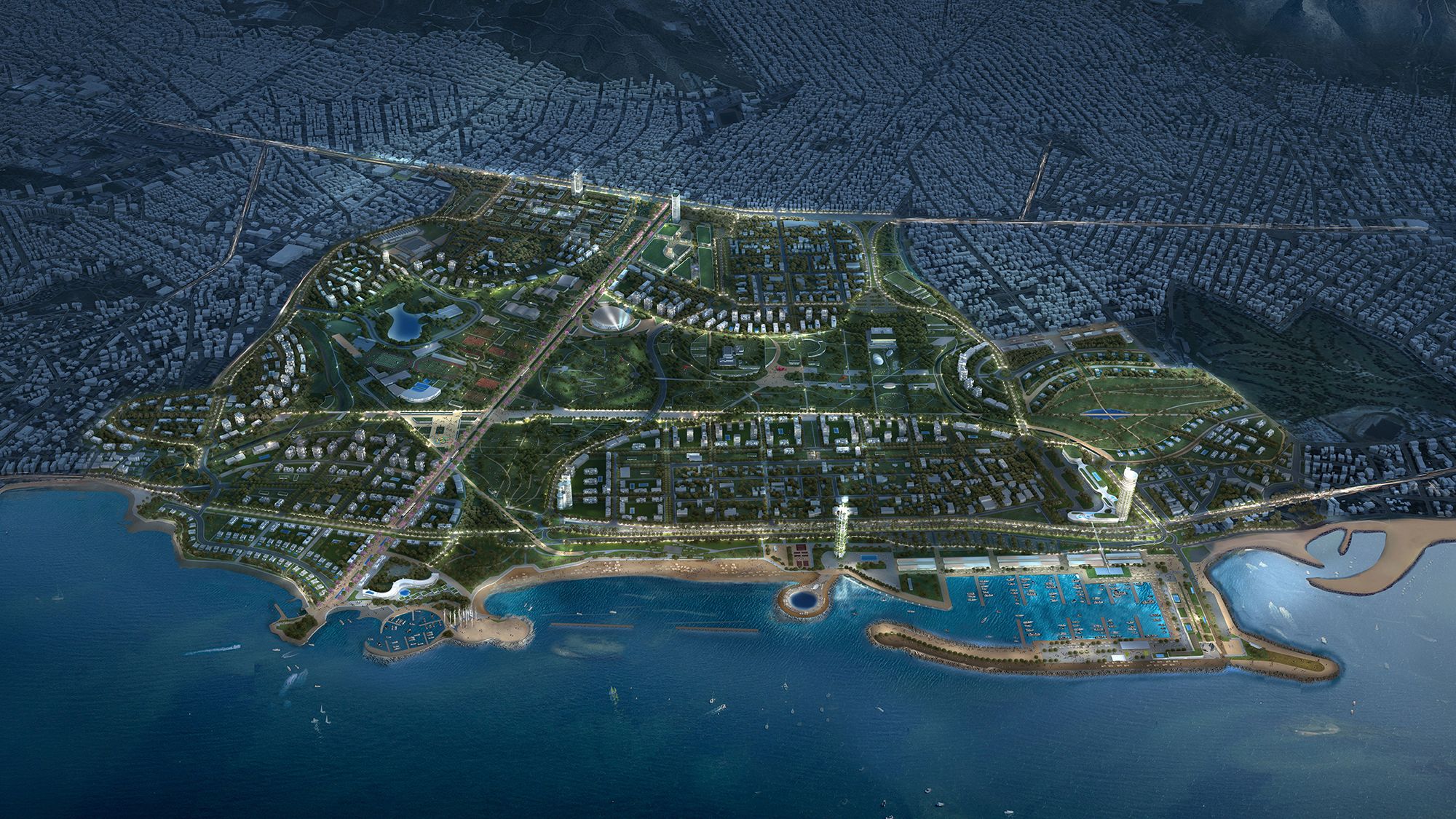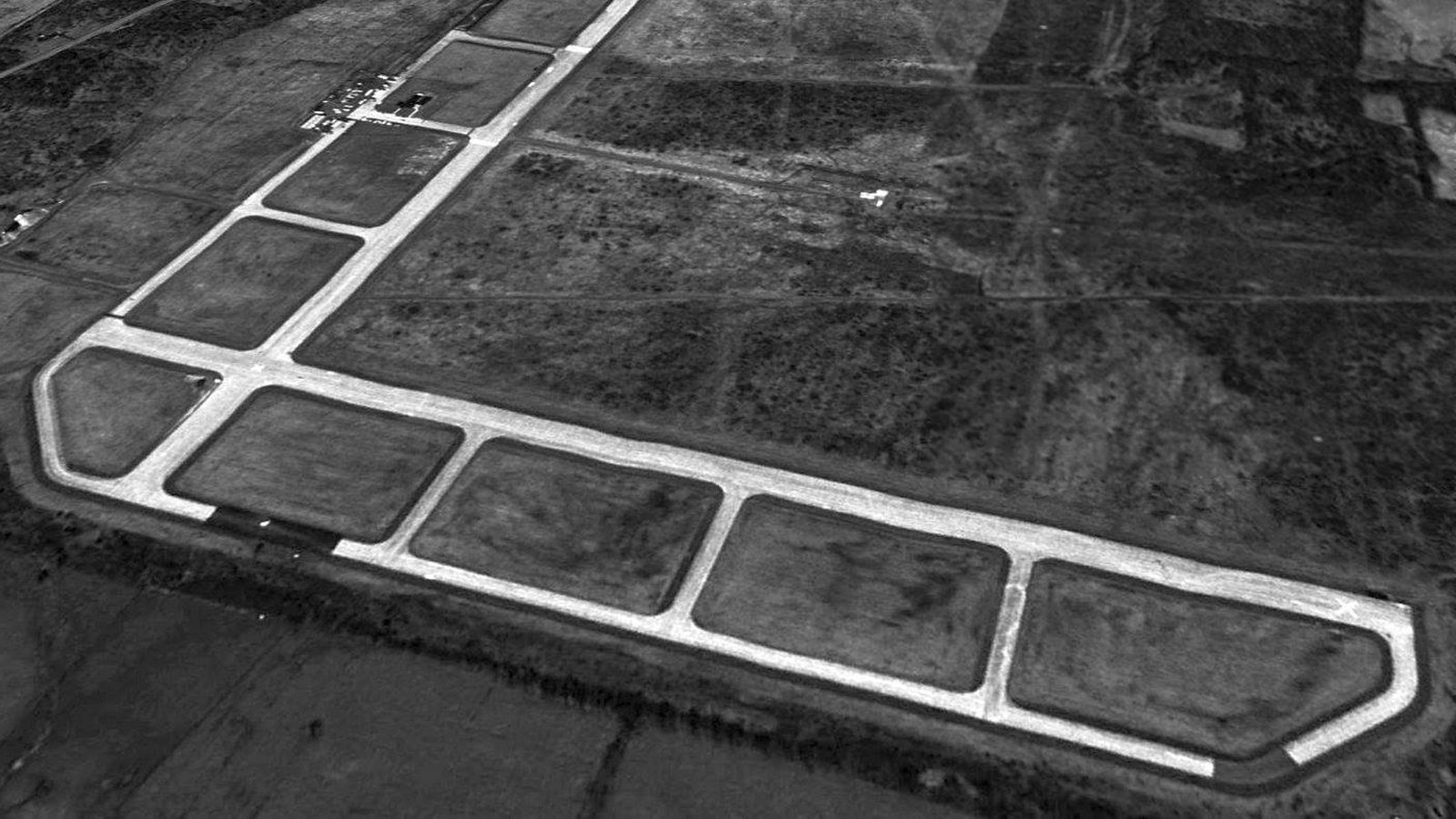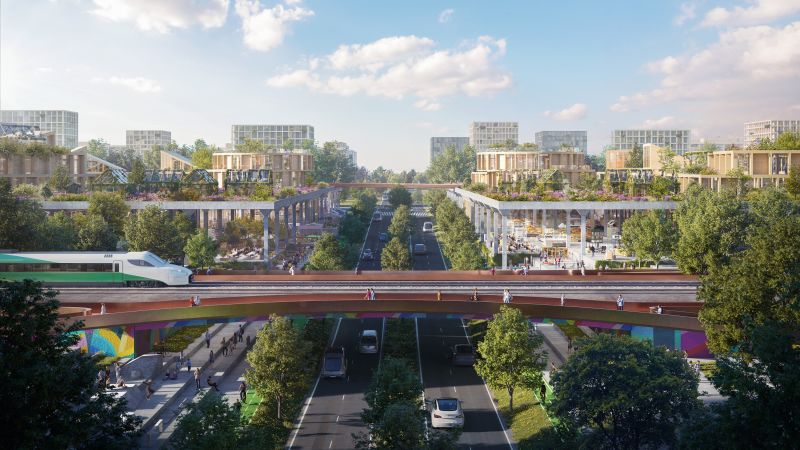Transforming Airports into Thriving Communities
The era of repurposing former airports is upon us, as cities around the globe explore innovative ways to utilize these unique spaces. This article delves into multiple projects where defunct airports have been transformed into vibrant residential areas and community hubs.
Downsview Airport, Toronto
In Toronto, a proposal has been presented to convert 210 hectares (520 acres) of Downsview Airport into a residential district. This visionary plan aims to accommodate over 80,000 residents together with more than one million square meters of office space. Dubbed the Downsview Framework Plan, the blueprint is centered around the former airport’s two-kilometer (1.3-mile) runway. This area will become pedestrianized, linking homes with businesses, retail spaces, and lush parkland. Community consultations are ongoing for this megaproject, which is expected to have a construction timeline extending beyond 2050.
Berlin-Tegel Airport, Germany
A remarkable renovation is underway at the former Berlin-Tegel Airport. The $7.9 billion project will feature a residential smart city with approximately 5,000 homes, a university campus, and an innovation hub for businesses. Construction is currently in progress, with completion anticipated by the end of the 2030s.

Kai Tak International Airport, Hong Kong
Kai Tak International Airport was known for its breathtaking approach, with a runway extending into the sea. After ceasing operations in 1998, it was transformed into the Kai Tak Cruise Terminal in 2013, following a comprehensive redesign by Foster + Partners.

Hellinikon International Airport, Athens, Greece
Once Athens’ main international airport, Hellinikon closed in 2001 but has recently been the focus of resurgence. The €8 billion (approximately $7.9 billion) redevelopment plan aims to create a multifaceted urban area featuring luxury apartments, villas, hotels, and a massive sports complex. Developer LAMDA aims for the first phase of this project to be completed by 2025.

Stapleton International Airport, Denver, Colorado
Stapleton International Airport, which was closed in 1995 and subsequently transformed into the residential community of Central Park, retains its air traffic control tower. This iconic structure has been repurposed as a restaurant, celebrating the golden age of aviation.

Galeville Army Airfield, New York
The former Galeville Army Airfield in Ulster County, New York, was repurposed as Shawangunk Grasslands National Wildlife Refuge after its closure in 1994. This area, originally constructed on swampy land, now serves as a thriving habitat for various wildlife species, demonstrating successful adaptation from military use to conservation.

Tempelhof Airport, Berlin, Germany
Berlin Tempelhof Airport, a critical site during the Cold War, closed in 2008. In 2010, it reopened as Templehof Field, a vast open space that integrates elements from the old airport, allowing residents and visitors to engage with its historical significance.

Conclusion
As cities evolve, the transformation of former airports presents exciting opportunities for urban redevelopment. By embracing innovative designs and sustainable practices, these projects are not only redistributing land use but also fostering community engagement and creating essential living spaces.




